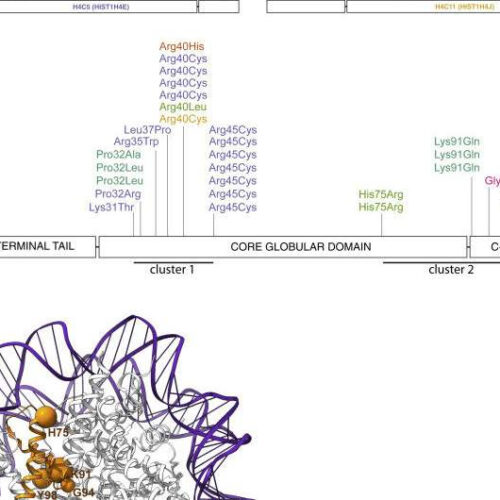Christina Szalinski More than half the cells in the human body are not human — they’re microbes. Each microbe makes unique molecules, or metabolites, and studying them is crucial for understanding the microbiome’s role in health and disease. But with so many microbes and metabolites floating around — literally trillions — how can you tell...
Tag: <span>Identification</span>
Ability to identify bone fractures tells us something important about AI
One of Norway’s biggest achievements to date in the practical application of artificial intelligence is in identifying bone fractures. The secret of this success may benefit many of our business leaders.No-one wants to slip on the ice. But if you get taken to hospital in Vestre Viken and they suspect that you may have a...
Identification of new rare genetic mutation provides answers for families
by University of Otago Figure 1. H4 variants identified in the cohort. (A) Highly recurrent variants were found in six different H4 genes (H4C3, H4C4, H4C5, H4C6, H4C9, and H4C11), which all encode an identical protein. Aggregate prevalence of disease-causing amino acid changes is also shown. The N-terminal methionine is cleaved from histone H4, and therefore...
Identification of a novel therapeutic target in Multiple Myeloma
INSTITUT PASTEUR Multiple myeloma is a cancer of the bone marrow, with a life expectancy of less than 5 years post-diagnosis. Proteasome inhibitors, the therapeutic backbone of current treatments, are very effective in treating newly diagnosed cancers but resistance or intolerance to these molecules inevitably develop, leading to relapses. While studying a neglected tropical disease,...

